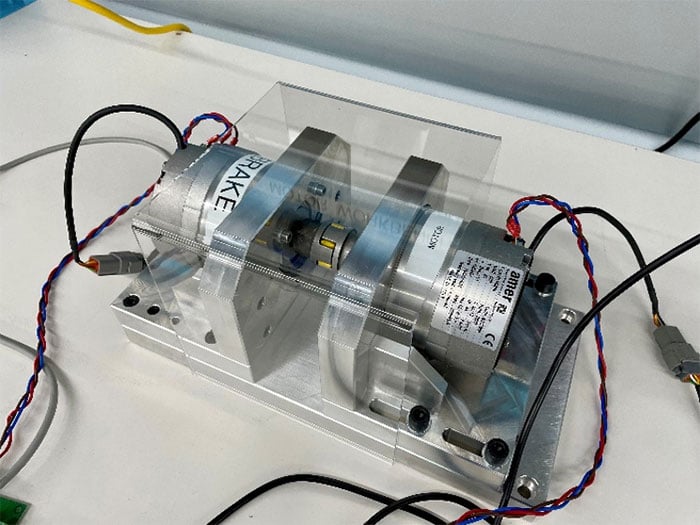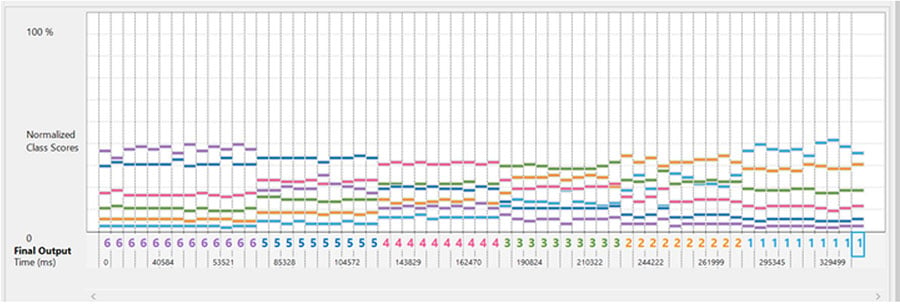What is Load Detection and why is it important?
Sensorless motor control algorithms have no knowledge of the torque they need to produce during the startup process. If the unknown load on the motor is too large and the applied current too small, it may not be possible to start the rotor moving in the right direction. To compensate for this, the typical approach is to inject a large enough starting current to begin rotation even under a large load. However, that means we are using the same large starting current even for light loads. Instead, if we can predict the load, we can fine-tune the startup current, leading to better performance and reduced stress on the motor.
How does Load Detection work?
Using the RealityCheck™ Motor tool from Renesas, we developed an AI/ML-based solution for estimating the load during the beginning of the motor startup sequence. The AI classification model is fully sensorless and requires only an update to the motor control firmware.
How it works:
- Detect important variables in the motor control system
- Apply Reality AI feature spaces to extract relevant information
- Use Reality AI inference to identify the torque required to move the load
- Supply the identified value to adjust the startup current to the minimum torque requirement
If the torque requirement is less than expected, we will achieve efficiency gains because a lower starting current will be sufficient to begin motor operation.
Renesas Application Example
To create the application example, we set up two coupled BLDC motor systems, each driven by an RA6T2 motor control kit. The primary motor was connected to a secondary "brake" motor by an interlocking mechanism between the motor shafts. Using this setup, we could simulate a load on the primary motor by adjusting the current applied to the brake motor. The tests revealed that our model could distinguish between the six possible loads with near-perfect accuracy. The model in total requires only about 12.5KB of flash memory and an estimated 6.5KB of RAM.

How did we create the application example?
First, we collected an appropriate number of data samples for each of the several load settings. For evaluation, we split the data into training and testing sets. Then we uploaded the data into the Renesas Reality AI cloud platform* and used the cloud tools to train and test the model.
Finally, we used the deployment tools to create an embedded C package that could be integrated with the motor control application using the Renesas e² studio IDE. With the AI Live Monitor™, part of the Reality AI Tools suite, we tested the AI application in real time by repeatedly starting the motor while varying the applied load.

Conclusion
This application example demonstrates a new and innovative approach to improving the quality and efficiency of motor control designs. Using the completely sensorless AI models that RealityCheck Motor provides, it is possible to start taking advantage of improved motor startup performance with no additional cost per unit and also extend the life of your motor.
Check out the RealityCheck™ Motor Toolbox to learn more and watch the demo video or send us a request to see how you can run the tests on your system.
Reference
* Reality AI Cloud Platform – Uploaded the data into Reality AI Tools and used the AI Explore™ and Try New Data™ features to train and test the AI model.
